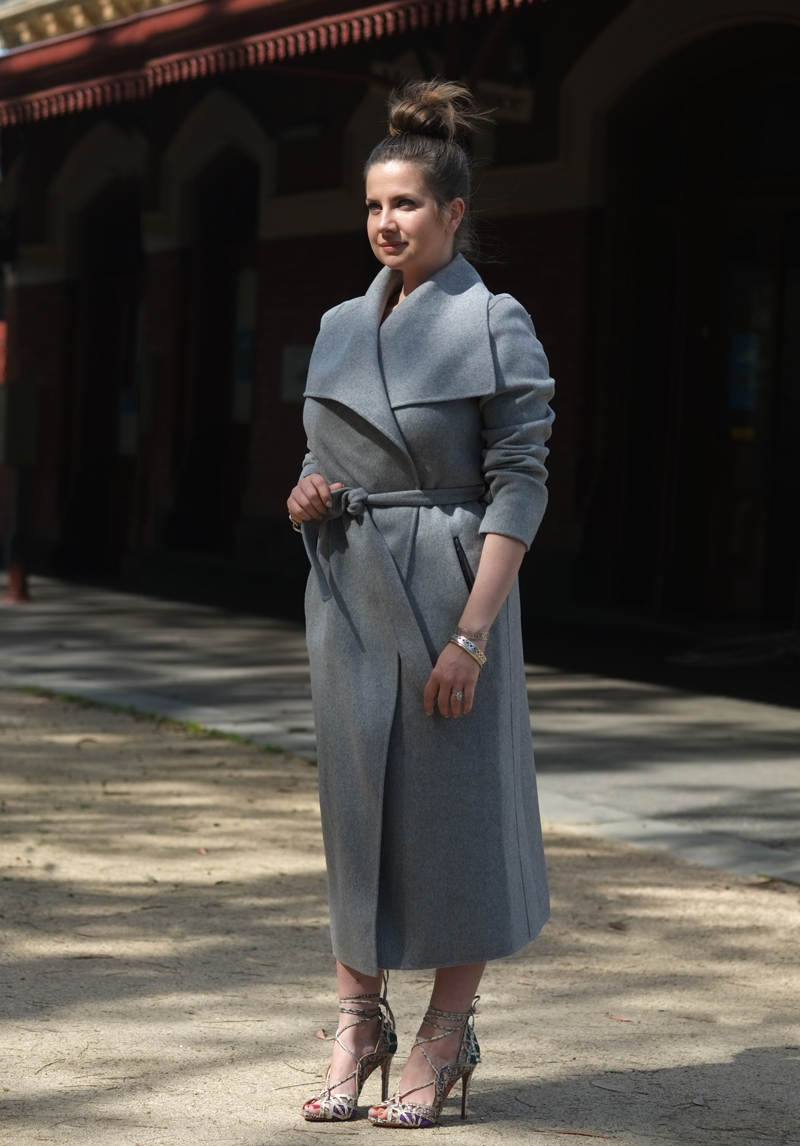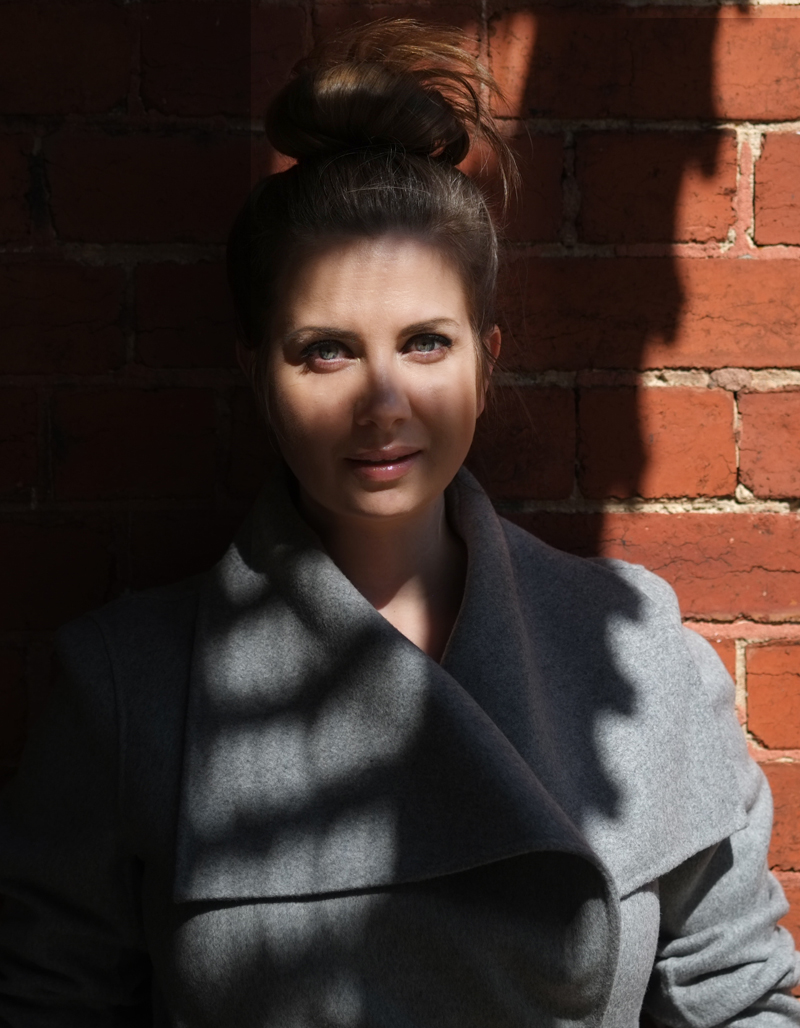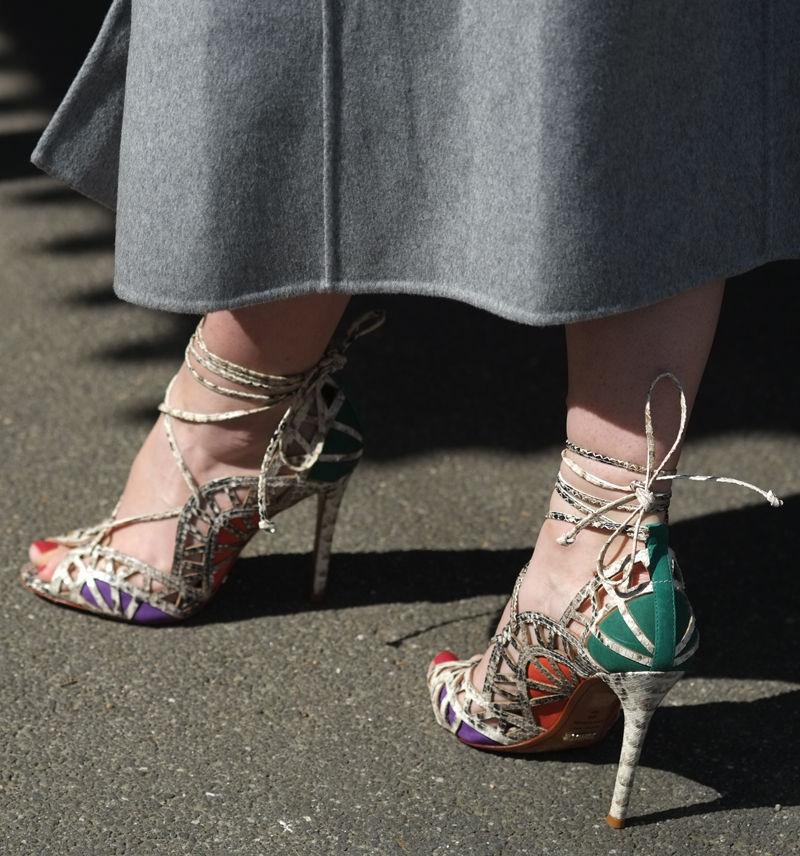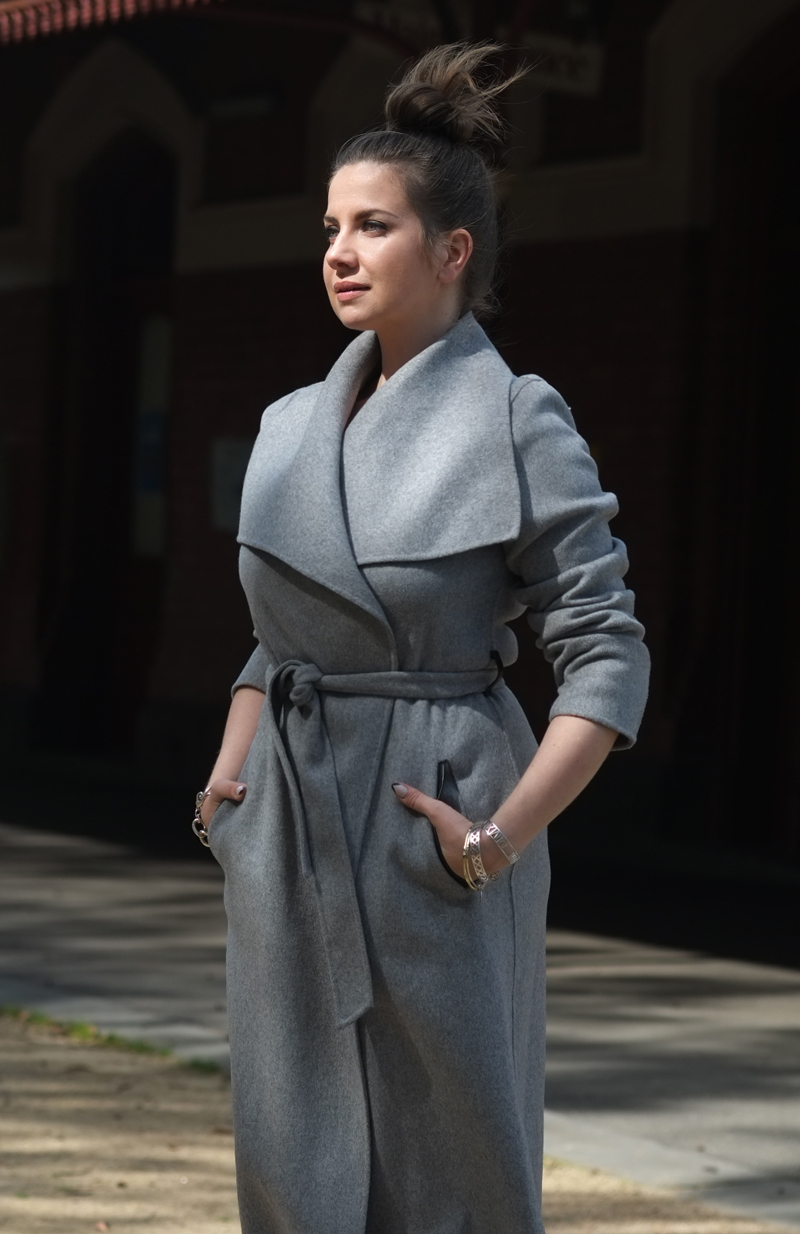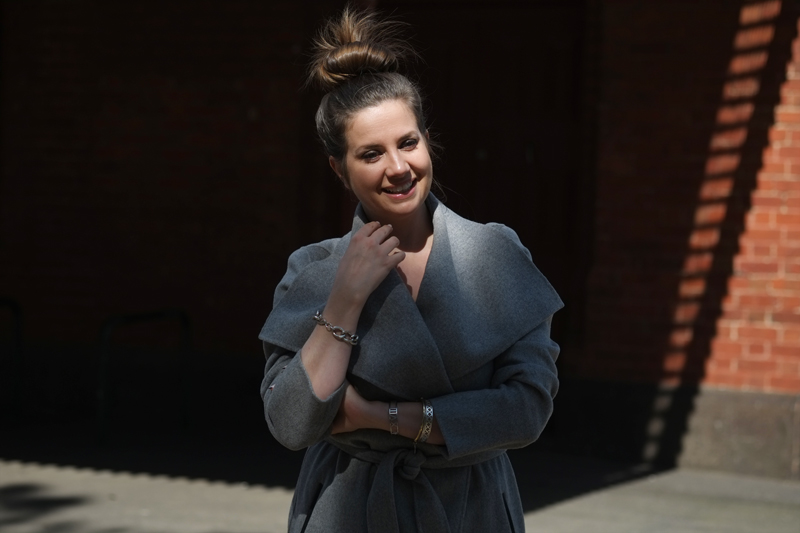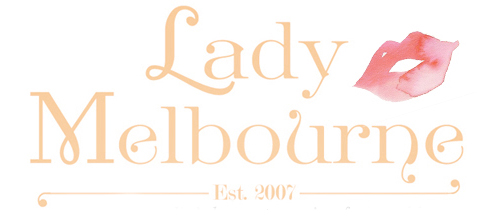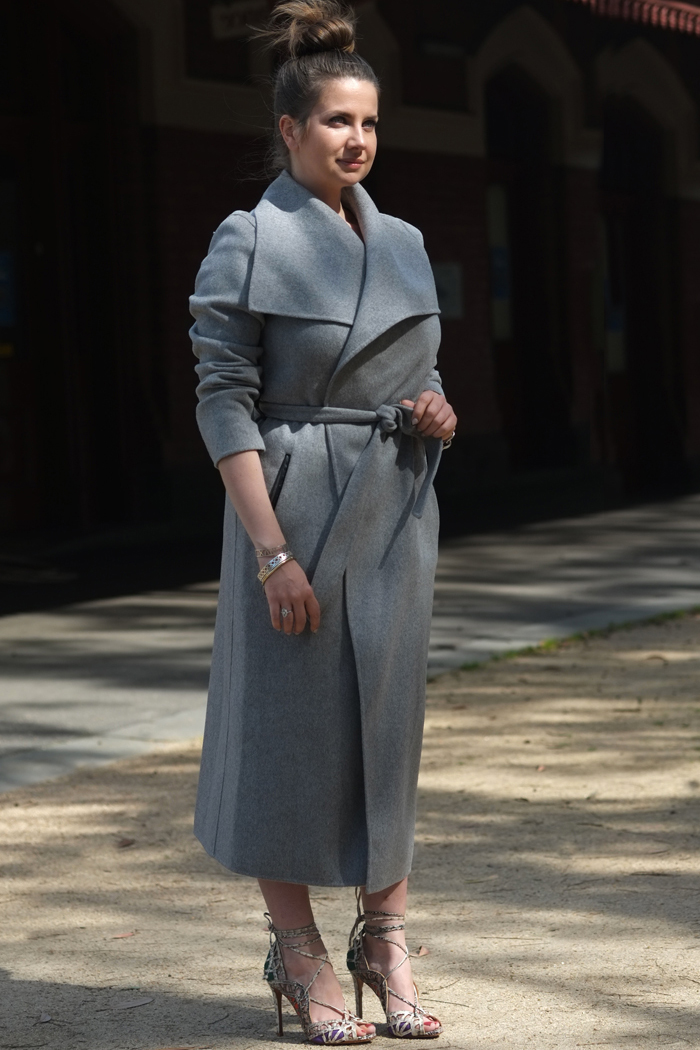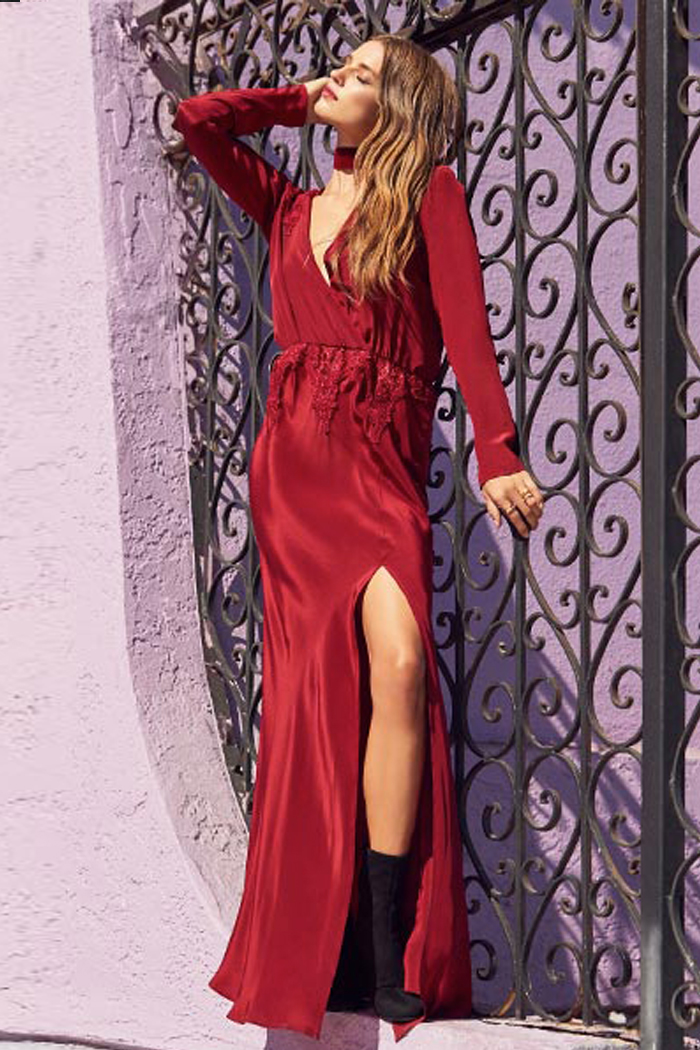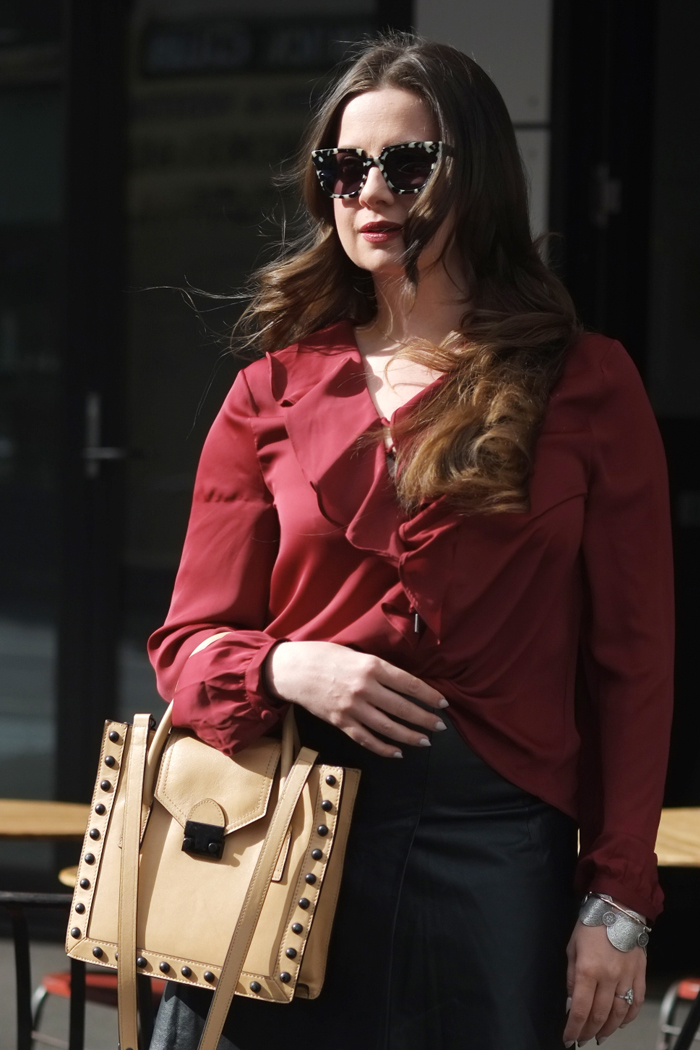Slow fashion is a trend that’s become increasingly popular, partly in reaction to its antithesis – fast, mass-produced clothes.
But what is slow fashion?
The term ‘Slow Fashion’ was coined in 2007 by Kate Fletcher from the Centre for Sustainable Fashion in the UK. Slow Fashion is not a seasonal trend that comes and goes like, say, pleat skirts or oversized sunnies, but rather a movement attempting to slow the rate of change down to a more sustainable pace.
Slowing down our consumption allows us to realise we don’t need to shop for new clothes every six weeks, the current rate at which fast fashion chains like H&M or Zara push them out. Coupled with our voracious appetite for social media and watching what our favourite celebrities are wearing on a daily basis, whether conscious or unconsciously, the pressure is on to always have something new.
When we think about how slow fashion is relevant to our own wardrobes, it doesn’t mean crocheting your own beanies (although I did attempt that last year to surprising results), rather we simply need to make more conscious shopping decisions.
The benefit is in visualising a long-term perspective to how you see your wardrobe evolving. One-off investments can save money long-term through their reliability, likely permanence and relevance in the changeable world of fashion, and there’s no other hero investment piece like the coat.
Most of us need to wear one at least part of the year, and given you want your coat to work hard to keep you warm and dry, investing in the very best quality you can afford will help your wardrobe in the long run.
Pure wool or wool cashmere blend are the best options, as the natural fibres won’t pill, stretch or fade over the years. This means you could end up looking at $500 plus for something really special, but it’s an outlay you’ll potentially own for the next 20 years.
You can certainly look for premium items like this second-hand, on sites such as Gumtree, to reap the benefits of a slow fashion investment, at a reduced cost. Buying pre-loved items with the tags on where someone has, perhaps, made the purchase but simply changed their mind, means you’ll be able to source an item of clothing and quickly claim ownership without nagging doubt triggered by thoughts that it was once owned and loved by someone else. Because bonding with something you’re planning on wearing with pride to many important future events in your life is a key aspect of buying premium wardrobe items. Buying second hand could also mean you may stumble across something which has had a lot of pre-love but at a fraction of the price paid by its previous owner.
Gorgeous accessories are another key wardrobe staple that are best reflected in items produced in a ‘slow fashion’ manner.
If we’re talking about premium fashion items, the Chanel handbag or Hermes scarf are definitely at the top of the heap. Either of these items, or any luxury good, generally stands the test of time as far as slow fashion goes, because they’re always in style. Since its inception in 1929, the Chanel 2.55 handbag has never really gone out of fashion. To this day it’s a wardrobe staple coveted by women the world over, and therefore becomes an ideal purchase over the long haul. If being in fashion for 87 years isn’t slow fashion, then I don’t know what is!
If you’re planning to buy an iconic item like this second-hand, be sure to do your research and to ask lots of questions – ask the seller if they have the original receipt and don’t be afraid to ask why they’re selling it.
How will you inject the idea of slow fashion into your wardrobe? Starting with a little bit of luxury, second-hand, might be just the ticket, or spending up big on staple pieces, like a gorgeous coat, could be just what you need for a sustainable, long-term wardrobe.
What I’m wearing:
Coat: Mackage
Heels: Schutz ‘Dubianna’ heels
